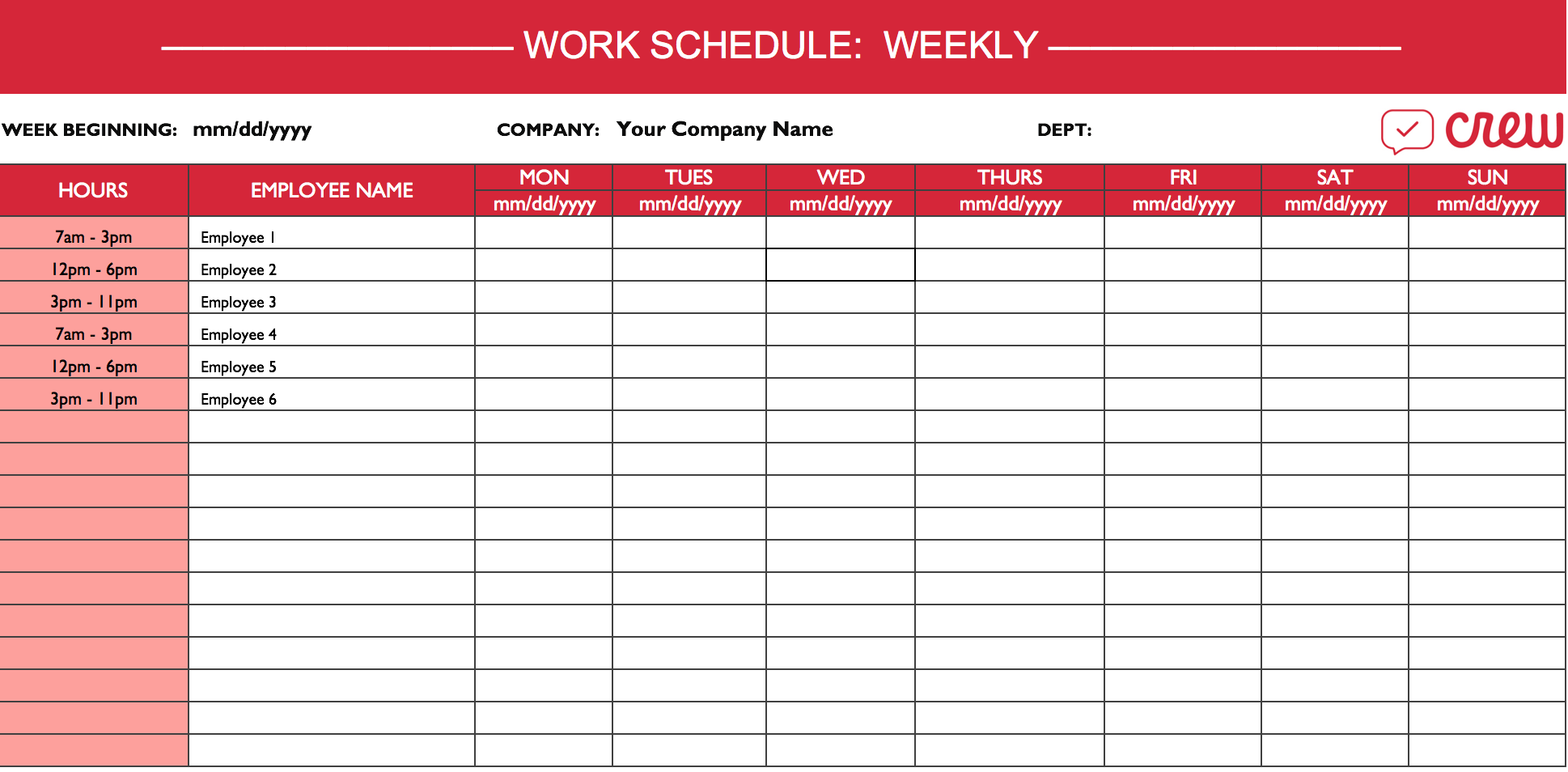Managing staff work schedules is a crucial aspect of running a successful business. A well-designed schedule not only ensures that all tasks and responsibilities are covered but also promotes productivity and efficiency among your employees.
In this article, we will explore the importance of staff work schedules and provide practical tips on how to optimize them for the benefit of your organization.
What is a Staff Work Schedule?
A staff work schedule is a predetermined plan that outlines the working hours, shifts, and days off for each employee within an organization. It serves as a roadmap for both employers and employees, ensuring that there is adequate coverage and clarity regarding work expectations. A well-structured schedule takes into account factors such as employee availability, workload distribution, and business needs.
Why is a Staff Work Schedule Important?
A well-managed staff work schedule offers numerous benefits to both employers and employees:
- Efficient resource allocation: By carefully planning and assigning work shifts, you can ensure that you have the right number of employees available at any given time. This helps avoid understaffing or overstaffing situations, leading to optimal resource allocation.
- Improved productivity: Clear work schedules provide employees with a sense of structure and direction. When employees know what is expected of them and when they are more likely to stay focused and complete their tasks efficiently.
- Better work-life balance: A well-designed schedule takes into account employees’ availability and preferences, allowing them to have a better work-life balance. This, in turn, leads to higher job satisfaction and employee retention.
- Reduced conflicts: Clearly defined work schedules minimize the chances of scheduling conflicts among employees. This helps avoid unnecessary stress and conflicts within the workplace.
- Enhanced customer service: By ensuring adequate coverage during peak hours, you can provide better customer service and meet customer demands effectively.
How to Create an Effective Staff Work Schedule
Creating an effective staff work schedule requires careful planning and consideration. Here are some key steps to follow:
1. Assess staffing needs
Start by assessing your organization’s staffing needs. Consider factors such as workload, peak hours, and employee availability. This will help you determine the number of employees required and the optimal shift distribution.
2. Communicate with employees
Involve your employees in the scheduling process by seeking their input and considering their preferences. This will not only help you create a more employee-friendly schedule but also foster a sense of ownership and engagement among your staff.
3. Utilize scheduling software
Consider using scheduling software or online tools to streamline the scheduling process. These tools can help automate shift assignments, track employee availability, and provide real-time updates to both employers and employees.
4. Balance workload
Avoid overloading certain employees while leaving others with little to do. Distribute the workload evenly, taking into account employees’ skills and capabilities. This will promote fairness and prevent burnout.
5. Plan for contingencies
Anticipate potential disruptions or unexpected absences and have contingency plans in place. This could include maintaining a list of on-call or backup employees who can step in if needed.
6. Regularly review and adjust
Work schedules should not be set in stone. Regularly review and adjust them based on changing business needs, employee feedback, and performance evaluations. This flexibility ensures that schedules remain effective and relevant.
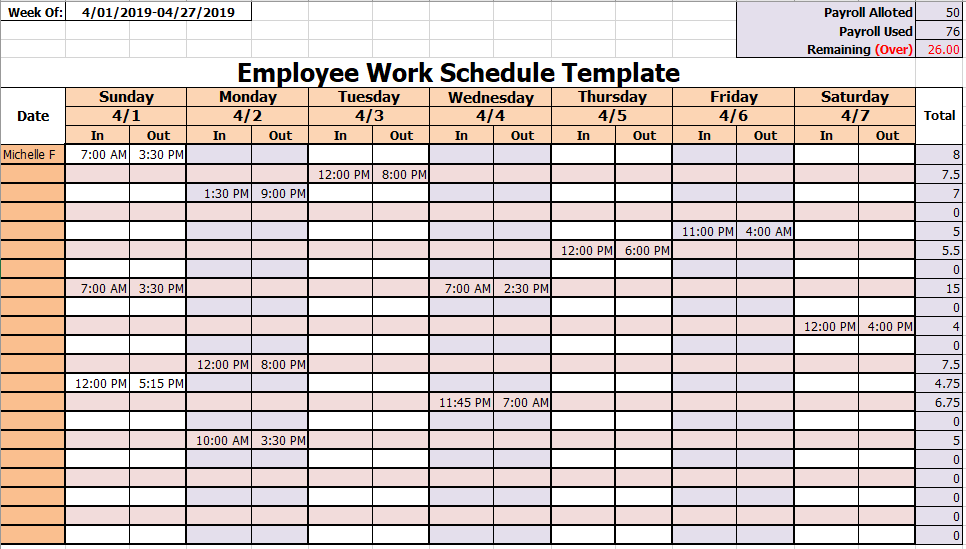
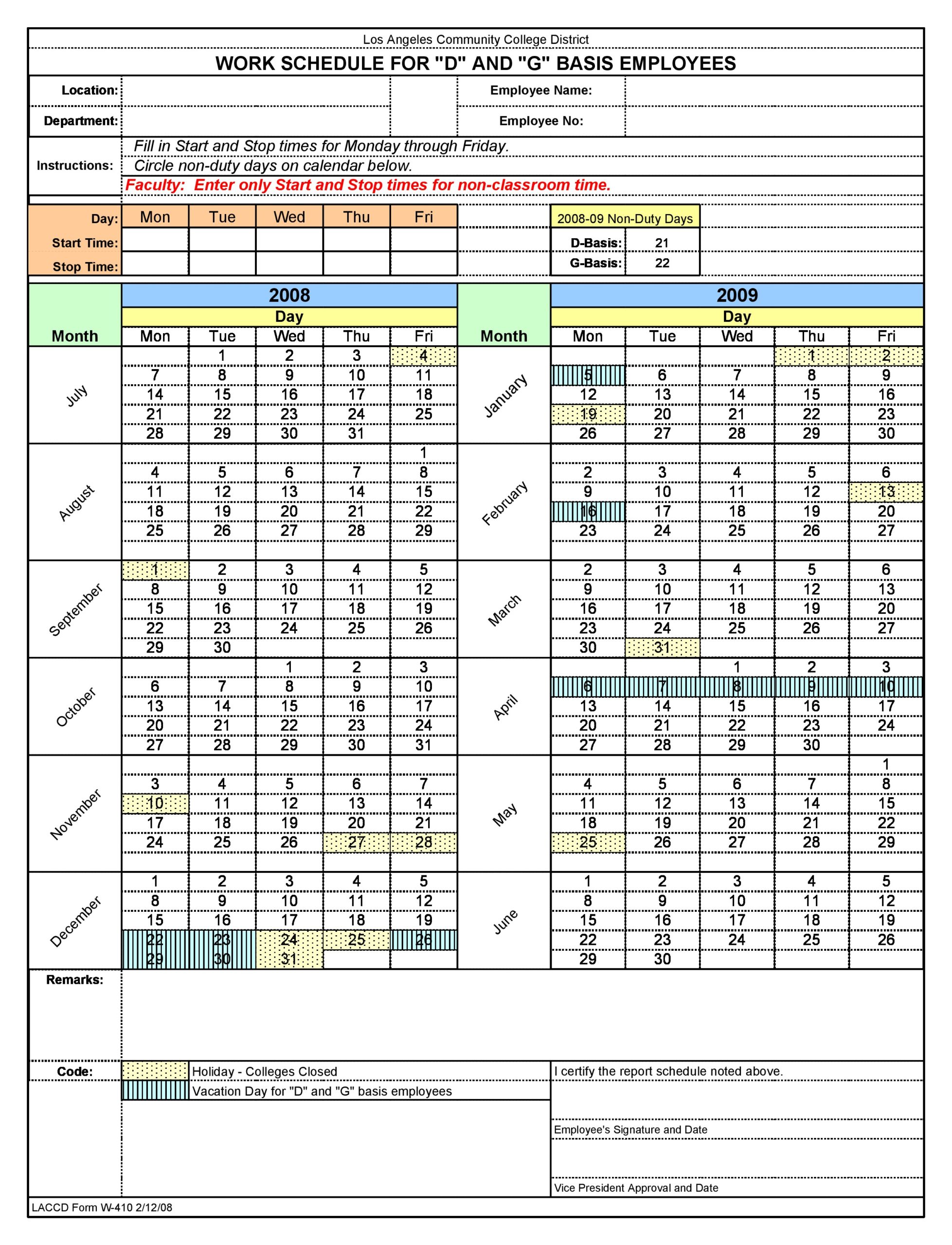
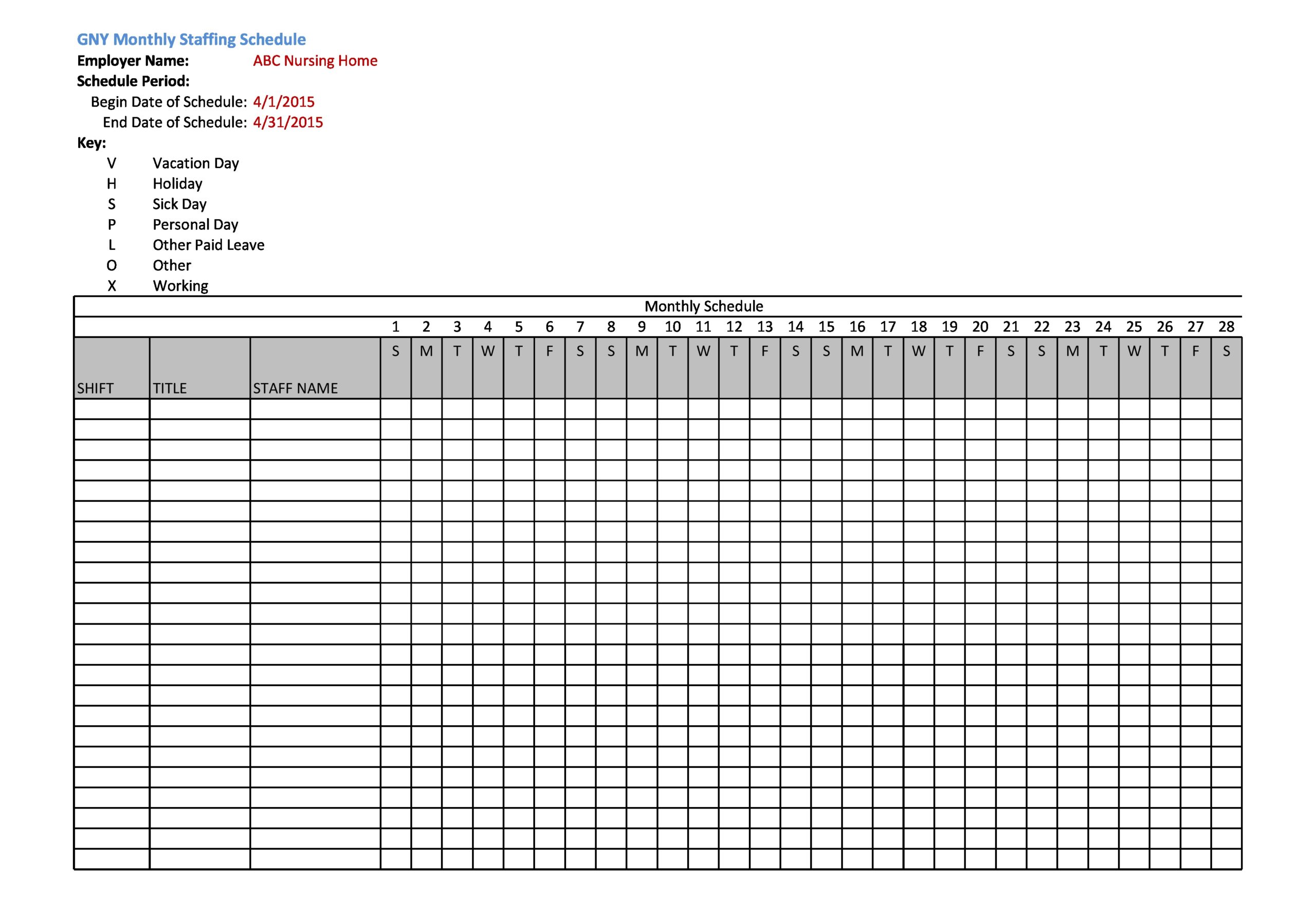
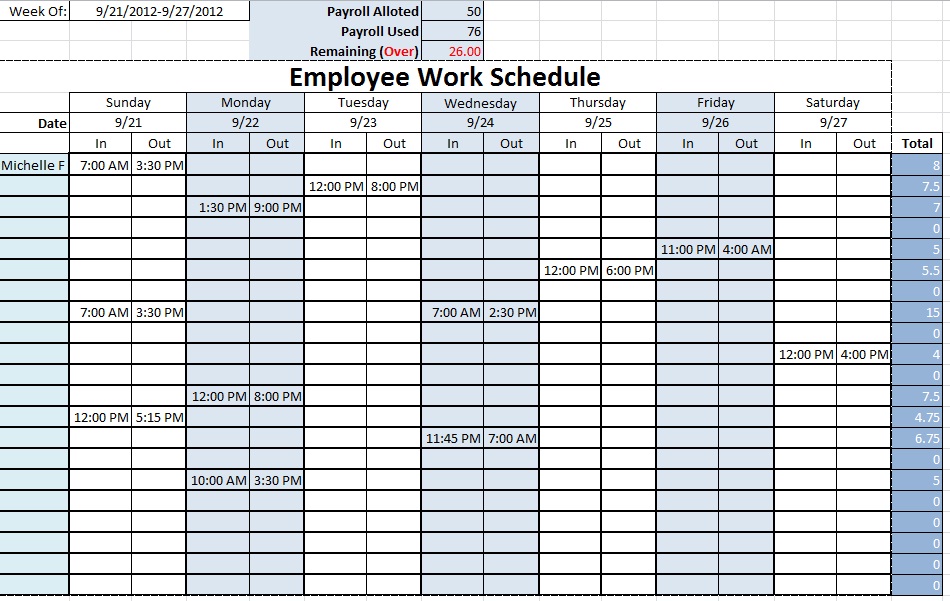
Best Practices for Staff Work Schedules
Here are some best practices to keep in mind when creating and managing staff work schedules:
- Provide advance notice: Give employees sufficient advance notice of their work schedules to allow them to plan their personal lives accordingly.
- Consider employee preferences: Whenever possible, try to accommodate employee preferences regarding working hours or days off. This helps boost employee morale and job satisfaction.
- Implement a fair shift rotation: If your business requires employees to work different shifts, ensure that the rotation is fair and equitable. Avoid assigning the same employees to less desirable shifts consistently.
- Encourage open communication: Create a culture of open communication where employees feel comfortable discussing their scheduling needs or concerns.
- Monitor and adjust: Regularly monitor the effectiveness of your work schedules and make adjustments as necessary. Seek feedback from employees to identify areas for improvement.
- Provide training: Train supervisors or managers responsible for creating and managing work schedules to ensure they have the necessary skills and knowledge.
- Use technology: Leverage technology and scheduling software to simplify the scheduling process and improve accuracy.
Conclusion
An effective staff work schedule is a vital tool for any organization looking to optimize productivity, enhance employee satisfaction, and ensure efficient resource allocation. By following best practices and utilizing modern scheduling tools, you can create a schedule that meets the needs of your business and your employees. Remember to regularly review and adjust your schedules to adapt to changing circumstances and maintain a harmonious work environment.
Staff Work Schedule Template Word – Download
